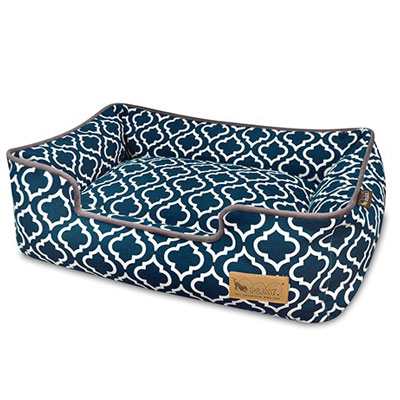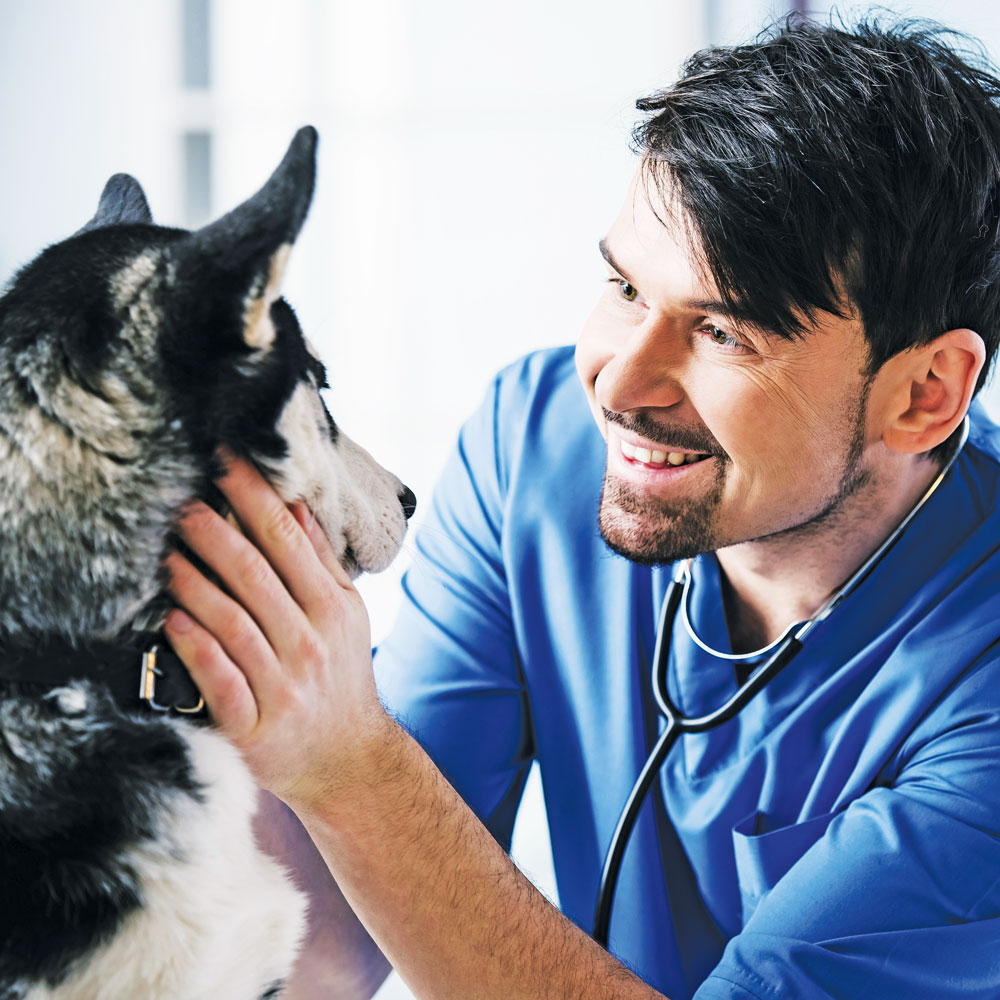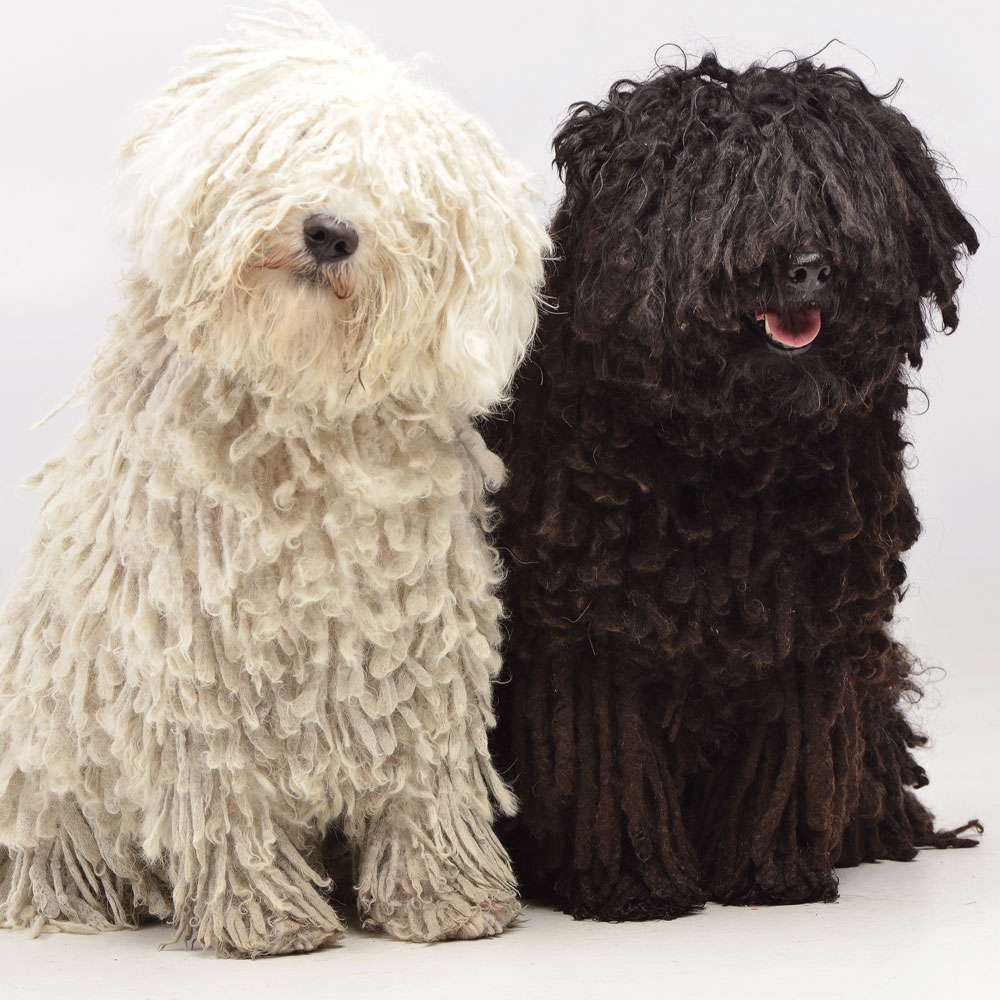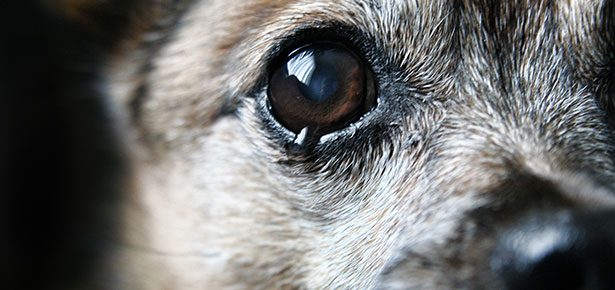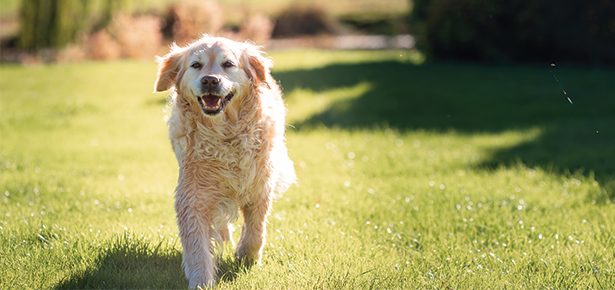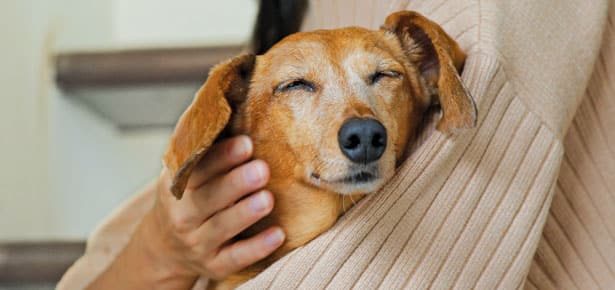
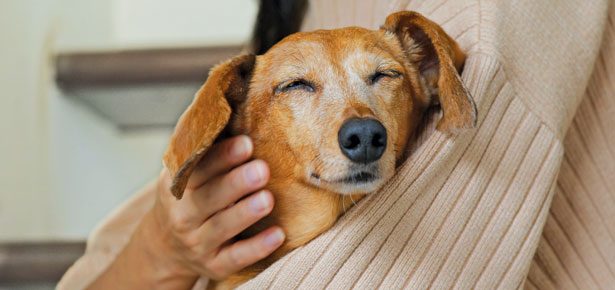
Dog Arthritis Pain Relief
8 Things You Can Do To Help Your Dog’s Sore Joints
8 Tips to Give Your Dog Arthritis Pain Relief
Most dogs will experience some form of arthritic pain as they grow older, with many dogs beginning to show arthritic symptoms at just six or seven years of age. Signs of arthritis in dogs include difficulty or pain when getting up (indicated by stiffness or yelping), a reluctance to walk, play, or climb stairs, lagging behind part way through a walk, limping, a dislike of being touched, licking at joints, or a change in personality, such as snappish behaviour from a normally good-natured dog. Here’s how to help a dog with arthritis.
#1 Keep the weight off. Arthritic pain can be managed—and in some cases prevented—by maintaining an ideal body weight. Extra weight puts extra pressure on already sore joints. How do you know if your dog could lose a pound or two? A dog at a healthy weight has a slightly defined waist and a soft outline of the rib cage.
If your dog could stand to lose a few pounds, mind those treats. Hills Pet Nutrition did the math: For a 20-pound dog, a one ounce cube of cheddar cheese is the human caloric equivalent of one-and-a-half hamburgers.

A bed designed to cushion joints, like the Bowsers' Oslo Ortho Bed (think cool gel memory foam plus a scooped front), is a godsend for older dogs.
Hampton Bay Pet Steps makes ramps and stairs to help senior pups get around and access areas like the couch or the car.
And if your dog is increasingly reluctant to do the stairs, stair treads from Dean Flooring provide much appreciated traction to prevent older dogs from slipping on stairs. They install in five minutes without adhesives and can make all the difference for older dogs.
Also, be sure to keep those nails short. If your older dog has trouble with hardwood floors and other non-carpeted surfaces, try Dr. Buzby's ToeGrips, non-slip grips that fit on your dog's toenails to prevent their feet from sliding out from under them on slippery surfaces. By providing traction they improve the mobility of injured or older pets.
#3 Controlled Exercise. It’s important that you get your arthritic dog moving. Encourage your dog to get up and move around. Exercise should be short in duration and low impact—swimming is an ideal non-weight-bearing exercise. Depending on your dog, short, slower walks are also good.
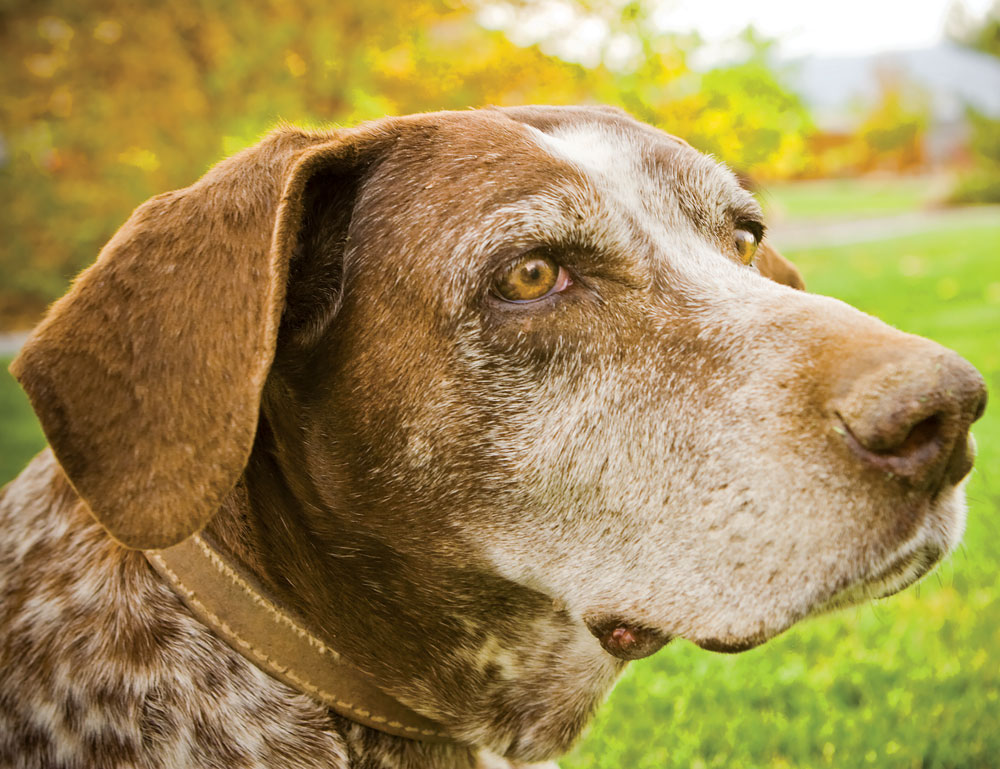
Iceland Pure’s unscented salmon oil for dogs ($14) is an omega powerhouse. It is extracted at low temperatures, ensuring the fatty acids are not broken, meaning the quality of the oil is the best it can be.
#5 Keep your dog warm and dry—cold and damp conditions aggravate arthritis. A thin bed on a cold floor is guaranteed to leave your arthritic dog feeling stiff and sore. Make sure your dog’s resting place is cushy enough to not transfer cold up from the floor, but also that’s it’s not so elevated that your dog has trouble getting into it. A cozy, well insulated dog bed with a dip in the bolstered edge provides draft protection while still being easy to enter.
Three of our top recommended dog beds for older dogs are:
- BuddyRest the Juliet Orthopedic Dog Bed utilizes LiftTex technology to promote joint health, while the waterproof Crypton suede fabric ensures the bed stays clean. (From $175, buddyrest.com)
- Bowser’s Oslo Ortho Bed features a revolutionary cool gel memory foam technology for maximum comfort for old joints. ($125, bowsers.com)
- Pet Play’s California Dreaming Memory Foam Bed provides ultimate support and relief from life’s daily pressures. From ($199, petplay.com)

#7 Laser therapy. Cold laser therapy is a non-invasive procedure that uses light to stimulate cells and increase blood circulation. It is also thought to reduce pain signals and decrease nerve sensitivity while releasing endorphins, aka natural pain killers. Consult your vet—many offer this treatment modality.
#8 CBD. The hemp-based, non-psychoactive cousin of marijuana, CBD, or cannabidiol, has dog owners raving about the improvements they’ve seen in their dog’s mobility. For more on this natural remedy for pain and inflammation, as well as anxiety and a host of other issues, read our full article on the benefits of CBD for dogs.
Join the newsletter and never miss out on dog content again!
"*" indicates required fields
By clicking the arrow, you agree to our web Terms of Use and Privacy & Cookie Policy. Easy unsubscribe links are provided in every email.


